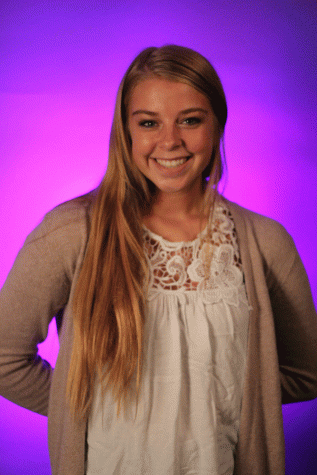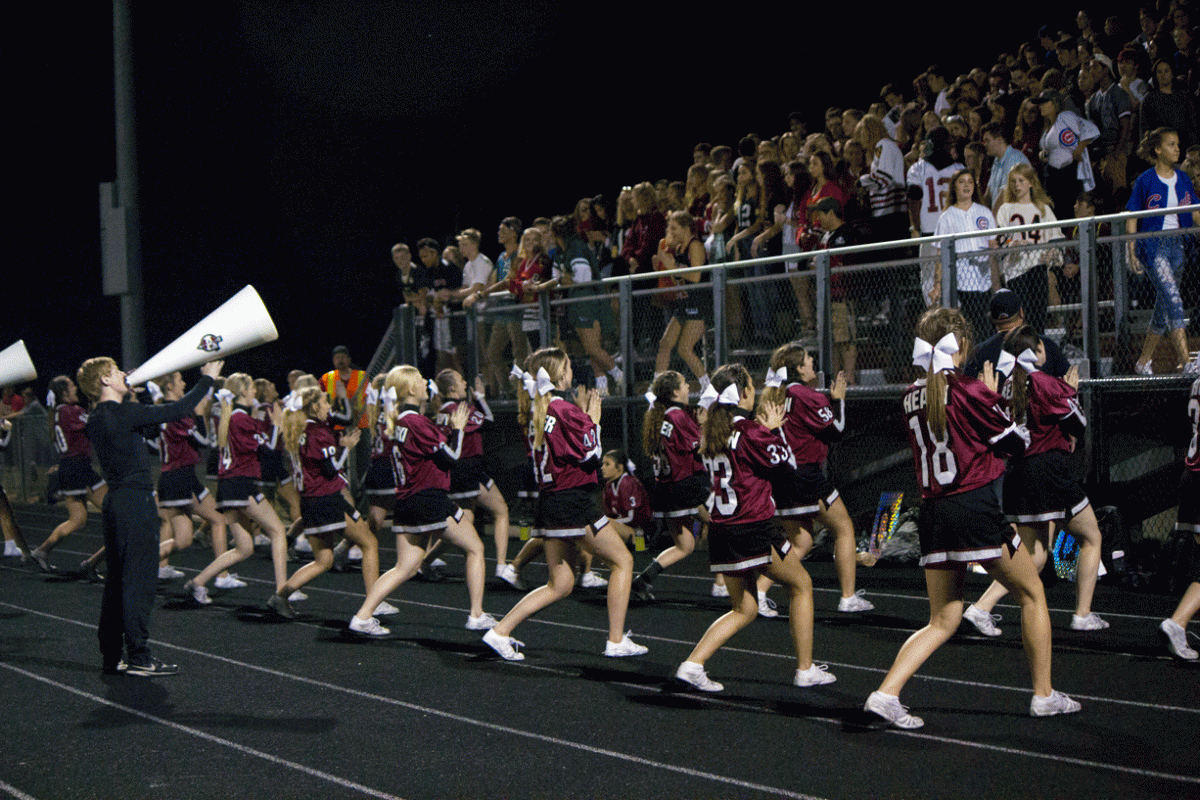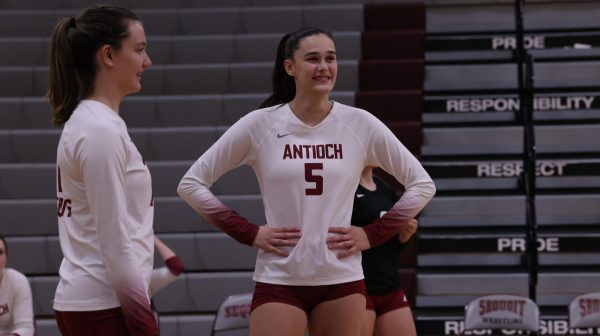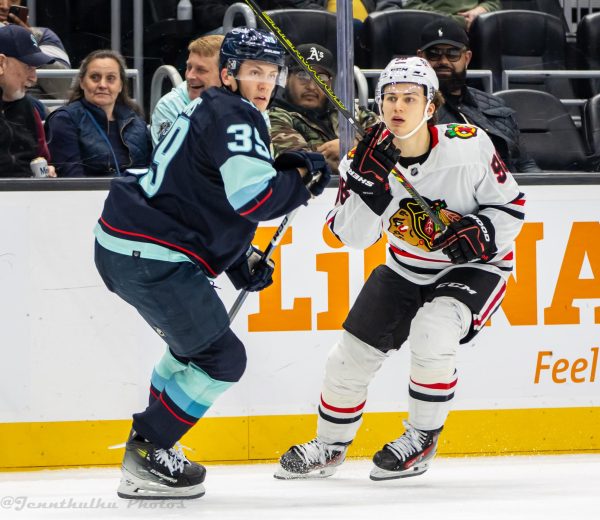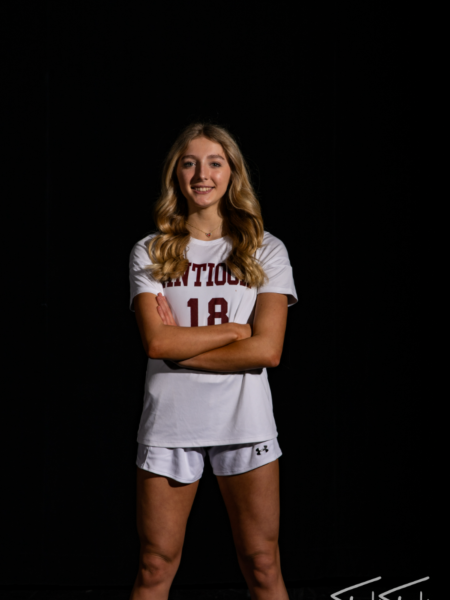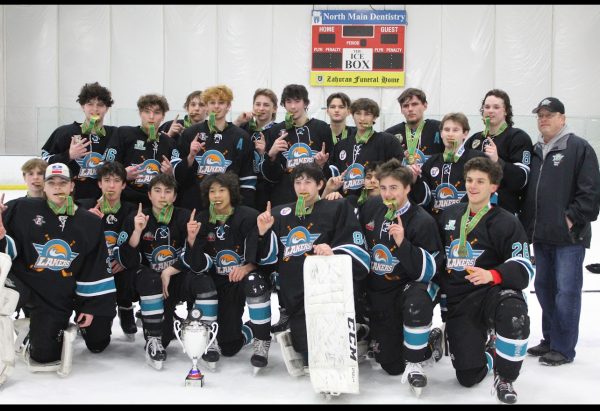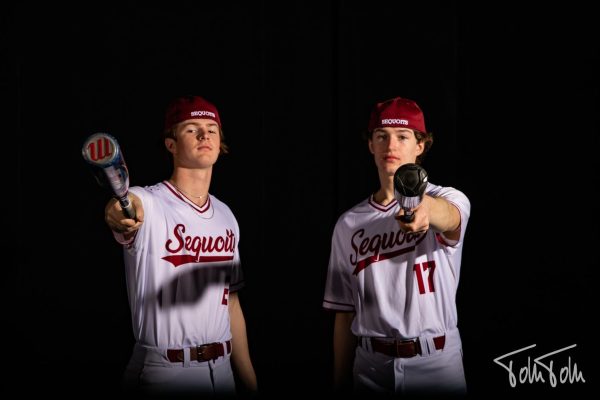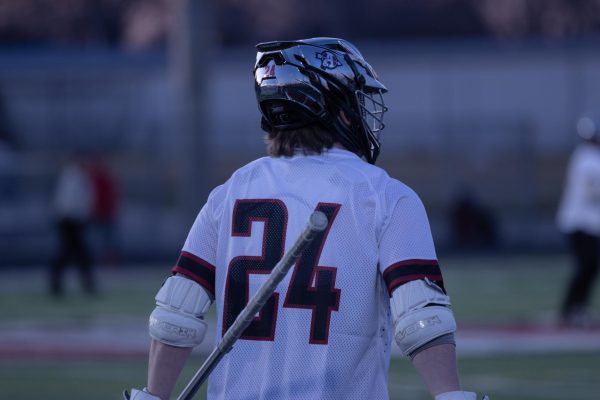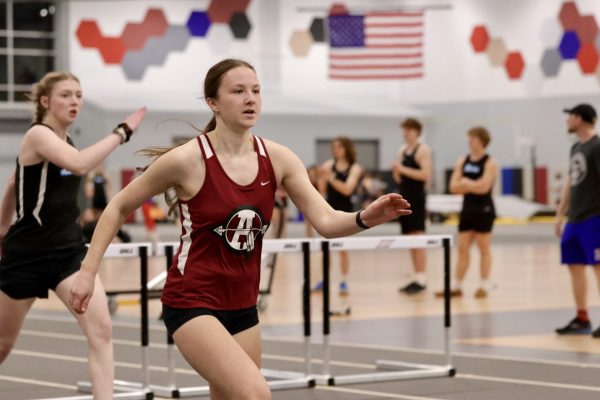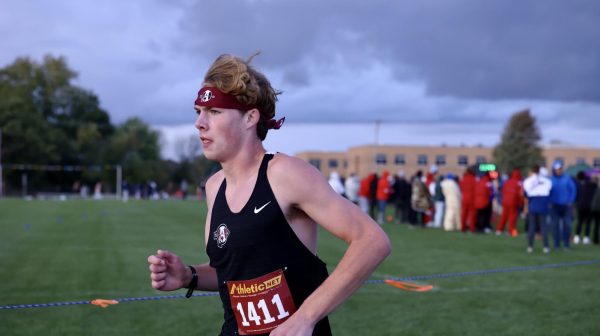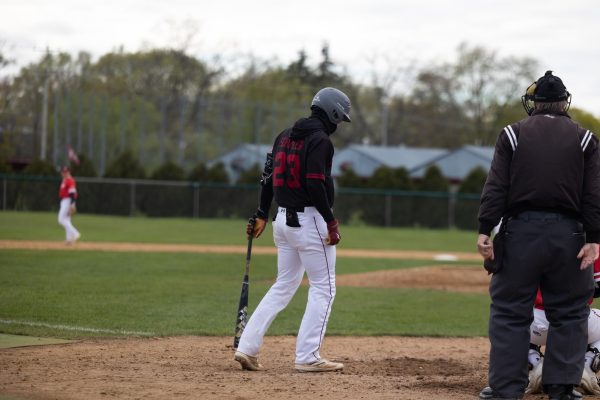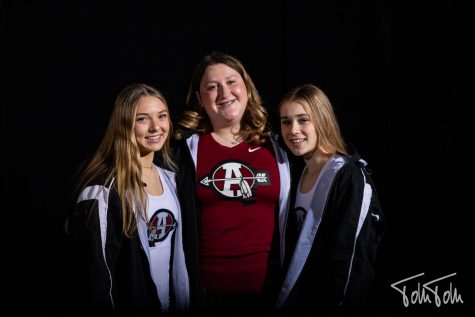What Happened: “The Sequoit Call”
The reasoning behind the beloved Cardinal Crazies’ chant becoming banned.
The varsity cheerleaders encourage the Cardinal Crazies to cheer on the Sequoits at Grant Community High School.
I’m a Sequoit, you’re a Sequoit, we’re a Sequoit all. And when we get together, we don’t do the Sequoit call.
One of Antioch’s most well loved and known chants, “The Sequoit Call” was recently retired from being chanted at sporting events. This ban was extended to hallway posters with the chant listed on it, without the politically incorrect gesture and noise, they were forced to be taken down. Many students are confused on how and why the ban came into effect now and disagree with the quick decision.
“I don’t believe it is offensive, because it neither has a demeaning tone nor inappropriate words,” Antioch Community High School alumna Heather Beckman said. “It merely is a representation and illustration.”
A concept to consider is, “what is a Sequoit?” Not many know, but the literal word “Sequoit” comes from the Native American word “sa-da-quoit,” which means a smooth pebble in the bed of a stream. It is completely unrelated to an original Antioch Native American tribe.
The ban on the “Sequoit Call” chant was initiated after a member of the school community found the last part of the cheer, the gesture and noise, to be offensive. The complaint was brought to the attention of last year’s administration.
“We are trying to be respectful and we are trying to keep our history as much as possible too,” athletic director Steven Schoenfelder said.
This is not the first time that a ban was placed on Native American related chants/mascots. The University of Illinois had their war chant banned a couple of weeks ago, which was played during football games when the opposing team was on third down. Their original mascot, Chief Illiniwek, was used to represent the Fighting Illini; however, his symbol was of a Sioux Indian. According to the Chicago Tribune, “The Illinois’ board of trustees banned Chief Illiniwek in 2007 — two years after an NCAA decision barring teams that use potentially offensive Native American imagery from hosting postseason play.”
However, other teams such as the Washington Redskins or the Florida State Seminoles are allowed to keep their Native American influence because they claim its traditional and respectful.
On the other hand, one can argue that having the chant is a way to preserve and remember the Native American history.
“I wouldn’t even know what a Sequoit was if I didn’t go here,” senior Jake White said.
When looking at Antioch’s old yearbooks, people can even notice that the high school used to be decorated with Indian heads. Football coach Mike Gordy, who has been coaching at Antioch for 40 years, has seen the high school evolve with it’s images and chants.
“There is a cultural identity especially in a culture that’s a minority in a particular area you’re running the risk of needlessly offending people and when you have grown up doing it, you don’t see it as that because a) you’re not part of the culture and b) you have nothing else to associate it,” Gordy said.
Kathleen Stewart is an alumna of Antioch Community High School and graduated with the class of 1977, making this year her 40th annual reunion. Her friend, Lonna Crawford Hickman, was the indian mascot when she attended Antioch, which is one of the main reasons Stewart disagrees with the ban.
“We see it as an honor… That’s our indian, I bleed Sequoit,” Stewart said.
The “Sequoit Call” chant was a great way for the Cardinal Crazies and the student body to come and chant together for the high school. It was a way to show our “Sequoit Spirit,” but there are other ways to be prideful too. In the end, we are all Sequoits: and being a honorable Sequoit means to be respectful, responsible and proud of being one.
